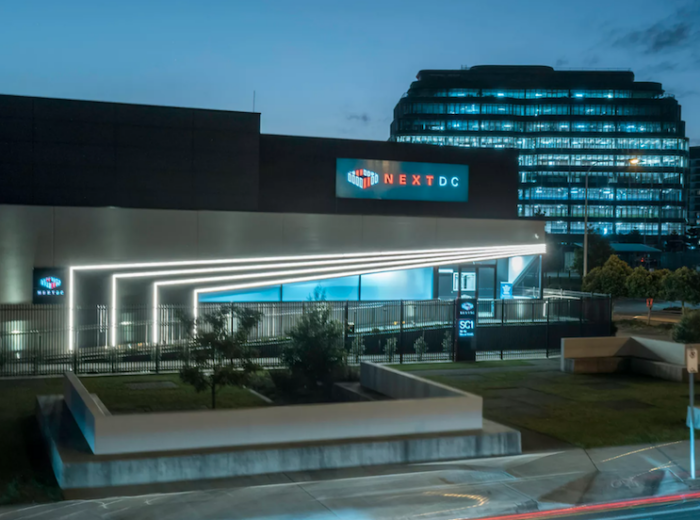If you’re considering a region that has experienced or is predicted to experience growth that is made up of high natural increase rates this can distort the figures for your property planning (i.e. if a child is born today, how long before they will form their own household?). So, while this is a good indicator of future demand, and a good indicator of product type required and household makeup, high natural increase rates don’t necessarily mean an increase in immediate (or even short or medium term) demand.
High international immigration rates can be a positive indicator for demand yet require deeper digging to understand what is driving the immigration as that can influence property types. For example, Brisbane sees massive immigration from India, China and the UK. The migrants from these countries will look at all areas of the property market and therefore property types. That said they can be heavily weighted in community living and apartments and tend to congregate in certain suburbs or precincts where they find it easier to assimilate in their own communities.
Another interesting example of how immigration can influence demand is that of Logan, just outside Brisbane, where immigration has a strong humanitarian (such as refugees or special visa applicants) influence. There are also large Polynesian and Asian communities (the most spoken languages other than English are Samoan, Mandarin) with a propensity for communal living. The effect of these types of migration can be reflected in strong rental demand yet might not translate into strong capital growth as it impacts both capacity to purchase and the average number of persons per household which impacts true demand.
The best indicator for an increase in demand is internal migration as people move, primarily for work (and lifestyle, noting capacity to live there, or money, comes first). Of course, the number reflected by net internal migration does include other categories of people such as children and retirees and those that have immigrated to other regions first, so when looking at the demand for net migration, there is science behind the household use for an area as that also relates to why people move there. For example, based on the average household sizes, 1,000 people moving to Logan could denote an increase in demand for say 380 new dwellings, yet the same number moving to the Sunshine Coast could mean demand for 475 new residences.
Let’s take a headline look at the components of growth and some potential implications for the property market.
BRISBANE
What this means for property investment:
What this means for property investment:
What this means for property investment:
MORETON BAY (INCL. NORTH LAKES)
What this means for property investment:
With a similar community and statistics to Ipswich, the outlook for Moreton Bay Region is very similar to that we have discussed above for Ipswich.
So, what are the numbers for Sunshine Coast?
What this means for property investment:
Internal migration for the Sunshine Coast is 20% higher than any other SEQ region and while the raw number is about 1,000 than the Gold Coast, the Sunshine Coast is half the size of the Gold Coast and so, in effect, is experiencing double the growth rate.
The Sunshine Coast has more immediate household demand in raw number than Moreton Bay, Ipswich and Logan, plus the Sunshine Coast’s current undersupply rate and supply constraints are the greatest in SEQ.
Migrants to this region are highly employable and have a better financial position with the majority coming from the UK, South Africa and Canada. High net-worth relocators from New Zealand continue to increase in number, however as their visa requirements are different, they aren’t included in the above numbers.
In essence the Sunshine Coast has:
So, when it comes to people, the Sunshine Coast is getting more, wanting more housing, with more affordability than the rest of SEQ (raw numbers or per capita rate). This is where the opportunity is at. This is where the future is at.
Book an appointment with an Investor Property Sunshine Coast property market expert to discuss the Sunshine Coast property opportunities to best suit your investment strategy and meet the needs of the future residents of the region.
For more detail on what sets the Sunshine Coast market apart, download a copy of our eBook.











